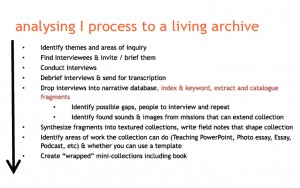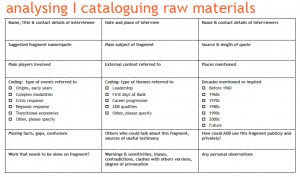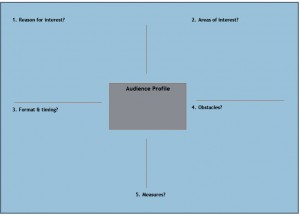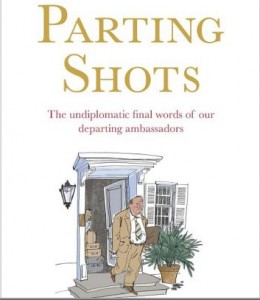This tweet, from this year’s KM Russia event, reminded me of an interview I had with a senior Asian banker a few years back. Retiring, after three decades during which time he’d been pivotal in the regeneration of Asia after the crisis of 1997, he was asked at his exit interview, ‘have you returned the stapler?‘ The sense of disappointment in his voice was palpable as he told me (I paraphrase), ‘you devote your life to an organisation and then puff, you are gone along with your sense of identity’.
It echoed a similar conversation with the former CEO of a major reinsurance group whose departure remains a source of unhappiness because his experience and network of contacts were not considered important enough to devote time and resource to by his successors who were taking the company in a new direction.
Fortunately many organisations are now making knowledge capture and retention part of the ‘way we do things around here’, recognising the need for effective processes throughout the life cycle of employees and projects. One such organisation is Her Majesty’s Revenue & Customs who employed us* to run a pilot programme ‘capturing and exploiting corporate knowledge’ to equip senior business heads with tools and techniques they might use to capture and retain critical knowledge.
In previous posts I described the programme modules 1-3. Here I’d like to share with you modules 4 and 5.
HMRC’s Pilot Programme: : Modules 4 & 5 Analysing & Sharing
| Analysing | how to analyse and organise the material that has been captured | |
| Sharing | how to share the knowledge that’s been captured how to engage with your audience |
Analysing (cataloguing and curating) the material captured is often overlooked, the assumption being that search will reveal all. The delegates were invited to listen to a couple of recorded interviews and consider how they might catalogue the material.
We accepted that not every piece of critical knowledge (defined previously as ‘…the knowledge HMRC would struggle without if it lost’) is likely to be recorded on voice or camera. However the process of thinking about how to catalogue material does provide a steer on the importance of structuring what you are capturing. We spend money on creating taxonomies which is another form of categorisation and cataloguing.
Here’s one example ta ken from a piece of work featured in ‘making Knowledge Management work in your organisation’ (an Ark Group publication). It shows the process adopted for the creation of a Living Archive. Note the importance of the indexing or cataloguing process (in red).
ken from a piece of work featured in ‘making Knowledge Management work in your organisation’ (an Ark Group publication). It shows the process adopted for the creation of a Living Archive. Note the importance of the indexing or cataloguing process (in red).
 And here’s the cataloguing process that is referred to above and was shared in HMRC module 4.
And here’s the cataloguing process that is referred to above and was shared in HMRC module 4.
In Sharing (Module 5) we looked at numerous ways of engaging with the stakeholder community previously discussed and identified in Module 2. Our aim here was to illustrate that no one size fits all and that each person or group might respond differently.
The delegates had to map the profile of the audience and then think about what might be the best method of engaging.
 Aside from examples of companies who have successfully use: Baton Passing, an Audience With, Fellows, Knowledge Markets, Dare 2 Share Fairs and Memoirs on Camera we discussed the (now discontinued) practice wherein a returning diplomat would complete a Valedictory Despatch after his or her tour of duty overseas ended.
Aside from examples of companies who have successfully use: Baton Passing, an Audience With, Fellows, Knowledge Markets, Dare 2 Share Fairs and Memoirs on Camera we discussed the (now discontinued) practice wherein a returning diplomat would complete a Valedictory Despatch after his or her tour of duty overseas ended.
 As in previous modules the delegates were asked to consolidate their learning ‘off line’ and as a way of consolidating all the exercises were given an assignment to be working on before we reassembled for the final session. I will conclude this series of blog posts next time and look at how we evaluated the programme.
As in previous modules the delegates were asked to consolidate their learning ‘off line’ and as a way of consolidating all the exercises were given an assignment to be working on before we reassembled for the final session. I will conclude this series of blog posts next time and look at how we evaluated the programme.
Parting Shots by Matthew Parris
*Sparknow and Knowledge et al worked in partnership to deliver this programme.
